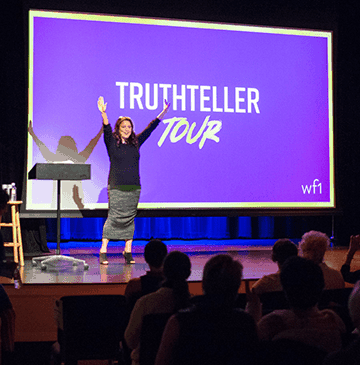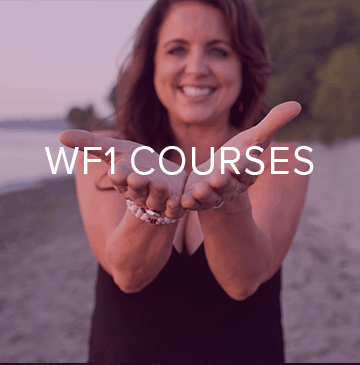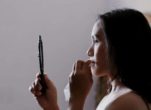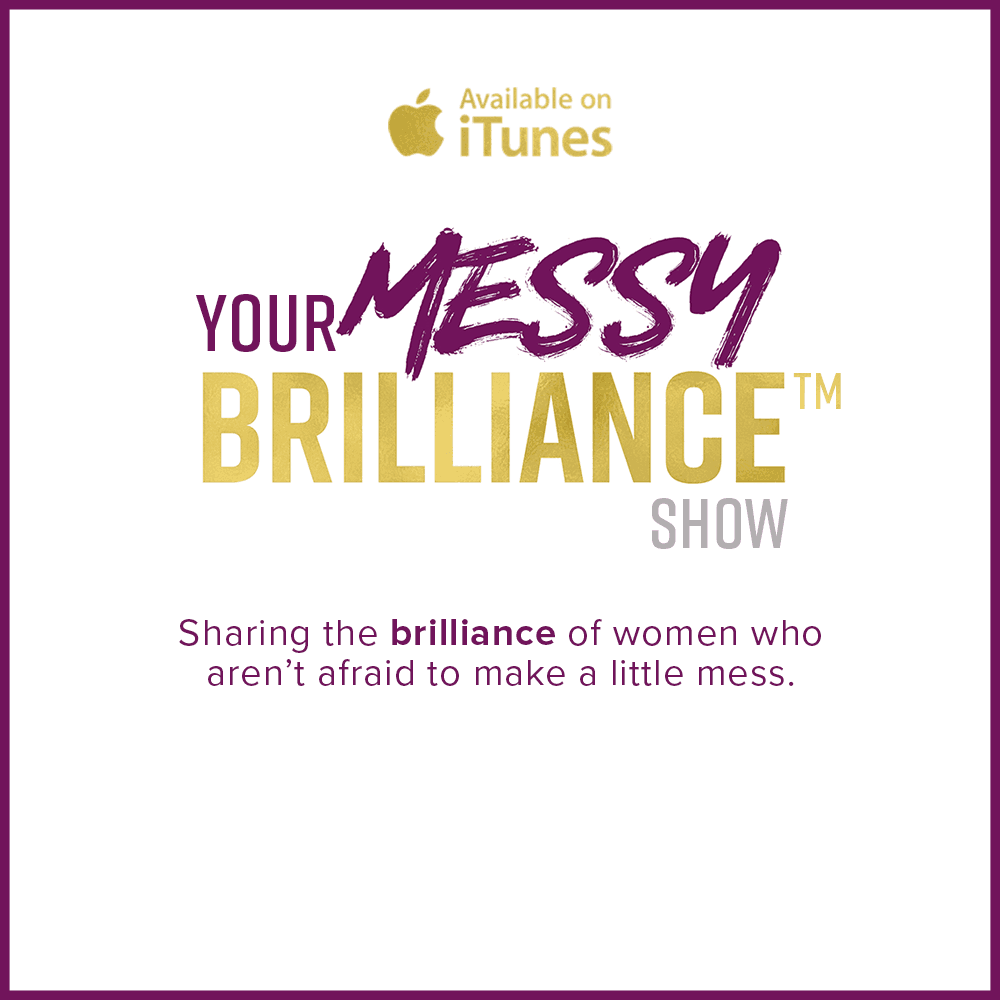
The Pain of Hoarding and How to Permanently Clean House
I have watched a few episodes of the show “Hoarders,” where each room is filled (sometimes to the ceiling) with stuff, with only a very narrow walking path to move from room to room. Typically the kids or other family members stage an intervention, and a therapist or coach arrives to help the hoarder.
A cleaning crew comes in like bulldozers. The therapist/coach asks the person who hoards (I won’t use the word “hoarder,” because the person is much more than just a hoarder) if something can stay or go. At times I found myself yelling, “No!” at the TV when the cleaning crew arrived. I could see their look of pain when asked by the therapist if a five-year-old hamburger wrapper could be thrown out. I’m like, “No, she isn’t ready!” As the cleaning crew sifted through the rubble, they might encounter a dead cat or the skeleton of a rat. And we watch, chances are, in disgust.
I have many theories about the act of hoarding. It might represent a level safety and security for one who hoards, and typically in response to unexpressed pain. Perhaps the lack of mobility imitates a womb-like setting and helps them feel protected from being hurt again. Those are only a couple of ideas about it, but when I’ve watched the show I’m thinking, “why not help them heal their inner wounds first? When they start feeling better they will want to throw away the hamburger wrapper on their own.”
Their physical house may be embarrassing to others and perhaps a health hazard, and yes, the show is only one hour long and we seek immediate gratification and closure. However, true change starts with small (and perhaps invisible) shifts and may take some time to materialize.
In my case, I live very simply and clutter-free. I asked myself why I am so fascinated by hoarding, and I finally get it. I can relate to it because my emotions are what I used to hoard. Whenever I felt wounded or hurt (like with being violated sexually when I was a little girl, or if I was, once again, the last kid to be selected on a team), I would pretend like it didn’t bother me. I would just keep it inside. I was self-punishing and didn’t feel like I had the right to defend myself.
Even when I felt wronged, I never expressed it. Never. I learned to comfort myself by eating. So, every time I was hurt, I’d smile or laugh and then eat some candy or search for some donuts. As a result of my emotional hoarding and comforting myself with food, I was overweight for most of my childhood and as a young adult. Physical hoarders may have a weighted-down house, but I, as an emotional hoarder, had a weighted-down body. My fat layers, in my mind, protected me from being hurt again.
When I finally started releasing self-judgment and telling myself the truth about how I was feeling about anything and everything—first in therapy, and then by journaling and/or releasing by talking, yelling, and screaming in my own safe space—the weight around my heart began to lift. I started to feel better and better!
When I connected the dots and realized that healing internally helped me improve physically, I left no inner stone unturned. I would (sometimes feverishly) search for hidden pain (my inner form of dead little animals) that needed attention and unconditional love. As I continued to express myself with harm to none (including myself), I naturally started to put down the candy and donuts and lose weight.
On the show, to their credit, they do address the inner pain which led to hoarding. At the end of the show, in some cases, the person resumes hoarding, and in other cases, the person commits to their healing journey and the hoarding begins to taper.
I am grateful for the show because it helped me reaffirm the value of cleaning house on the inside first, so that external manifestations of health can naturally (and permanently) emerge. Having learned to release unexpressed emotion, I have enjoyed so many other life changes in addition to healing my relationship with food. To name a few, my relationships have improved, I have clarity on my path to serve, and I wake up every day with optimism and excitement.
I continue to ask myself in what areas I am holding back and why I feel I need to for my own sense of safety and security. This helps me figure out other ways that I can be attentive to myself with unconditional love in order to heal and to live more happily.











0 comments to "The Pain of Hoarding and How to Permanently Clean House"